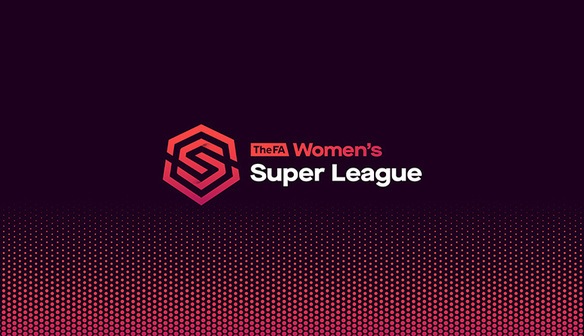Changing The Game: How FAWSL are building for the future
The 2020 summer transfer window was like no other in Women’s Football History with 39 signings from outside of the UK. Of those, the signing of five members of the US Women’s National World Cup winning squad, as well as Chelsea Women’s team acquiring one of Europe’s best players in Pernille Harder, really makes it a window to remember. Whilst these new faces will undoubtedly leave their mark on the field it may well be off the pitch where the biggest changes occur.
Tottenham Hotspurs’ eye capturing acquisition of world cup winner Alex Morgan, arguably the most recognisable female team sport athlete in the world, leads the way. Morgan, and her cumulative 15 million followers on social media (with more Instagram followers than the Royal Family and Tottenham Hotspur’s men’s team) raises the profile of the league significantly. Morgan alone boasts partners including Nike, McDonalds and Coca-Cola. Yes, her deals are not comparable in size to the likes of Messi or Ronaldo, but her visibility remains crucial to the commercial success of the Women’s Game.
The signing of Morgan, alongside that of her USA teammates Tobin Heath, Christen Press, Rose Lavelle and Sam Mewis, gives the WSL far greater impact in the United States. The American market remains crucial to the global sport industry making up around 40% of its total value. These new arrivals, alongside others including six Australian internationals, five Germans and four Danes including Denmark captain Pernille Harder (amongst countless others), boosts the league’s profile further.
It’s hard to deny the impact of these recent signings. The BBC TV highlights programme, The Women’s Football Show, received over 2 million viewers on the league’s opening weekend continuing the success of the 2019 World Cup. Whilst new broadcasting deals have been agreed for the WSL in Germany, Canada, Italy and crucially the United States.
The COVID-19 pandemic has allowed the English professional game to benefit in comparison to its international competitors. The disrupted US season has led many of its stars moving to the WSL for a larger and safer competition prior to next summer’s postponed Olympics. Furthermore, the return of English stars Alex Greenwood and Lucy Bronze hints that this window may mark the point that the WSL is genuinely competitive with other global leagues.
On the pitch, this season’s Champions League offers a prime opportunity to see whether such a shift has taken place. With no English club reaching the final since Arsenal in 2007, it offers a real opportunity to measure progress. Although Lyon, winners of the last five Champions Leagues, will be a challenge for any side. Off the pitch, however, the WSL boosted by the profiles of Morgan, Bronze, Harder and co, are suddenly looking like the ones to beat.
It’s great that the Women’s Super League continues to thrive despite the challenges of 2020. With the new broadcasting deals, increased profile on social media, opportunities for new sponsors as well as world class football, it’s safe to say that it definitely has our full attention!




